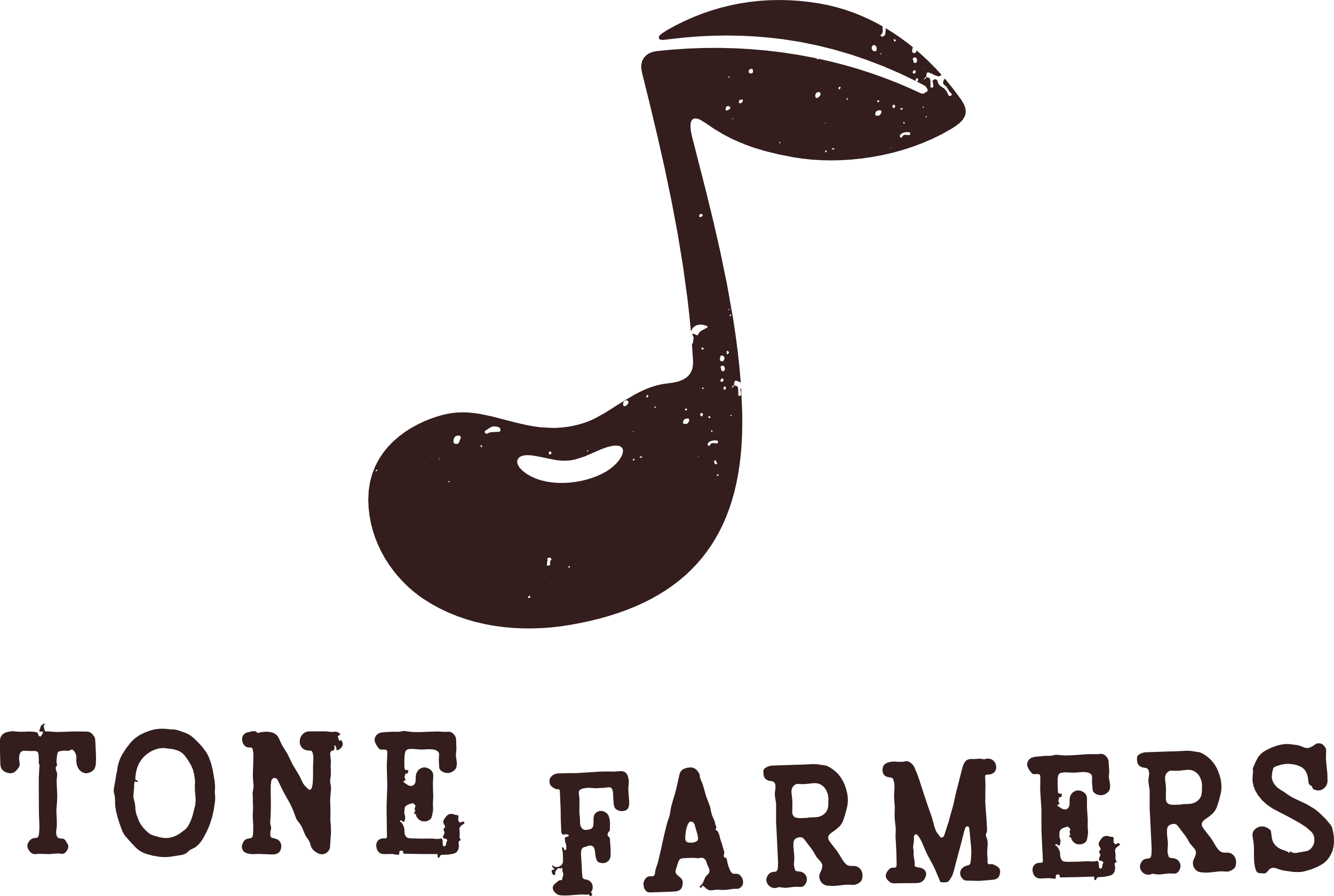Instrument-Specific Recording Tips
Instrument-Specific Recording Tips
Understanding how to capture different instruments effectively is much like learning to cook different types of food – each requires its own approach, but they all follow some basic principles. Let's explore how we can best record various instruments while maintaining their natural character and beauty.
Acoustic Guitar
The acoustic guitar is like a storyteller – it has many voices, and our job is to capture the one that best serves your music. When recording acoustic guitar, we need to consider both the direct sound of the strings and the rich resonance of the wooden body.
Finding the Sweet Spot
The most important aspect of recording acoustic guitar is microphone placement. Think of it like taking a photograph – we need to find the angle that captures the whole picture. You'll typically find the sweetest sound somewhere near where the neck meets the body, aimed slightly toward the sound hole. Moving the microphone even an inch can dramatically change the sound.
Multiple Microphone Approaches
We often use two microphones on acoustic guitar:
- A small-diaphragm condenser near the 12th fret captures string detail and articulation
- A large-diaphragm condenser near the body captures warmth and resonance
The combination of these perspectives gives us more options during mixing and often creates a more complete picture of the instrument.
Common Challenges
Watch for these typical issues when recording acoustic guitar:
- Room reflections that might make the sound muddy
- Pick noise that might be too prominent
- String squeaks that might need attention
- Body resonances that might overpower the strings
Electric Guitar
Recording electric guitar is about capturing both the amp's character and the room's contribution to the sound. It's like recording a conversation between the guitar, the amp, and the space around them.
Microphone Choice and Placement
For electric guitar amps:
- Dynamic microphones like the SM57 excel at capturing the direct sound
- Ribbon microphones can add warmth and smooth out harsh frequencies
- Room microphones can capture natural ambience and size
Multiple Microphone Techniques
We might use several approaches:
- Close microphone for punch and definition
- Room microphone for ambience and depth
- Combination of different microphone types for tonal variety
DI Recording
Always record a direct signal along with the amp:
- Provides flexibility for re-amping later
- Serves as backup if amp sound needs adjusting
- Allows for additional processing options
Drum Kit
Recording drums is like capturing a symphony of individual instruments that work together as one. Each piece of the kit needs individual attention while maintaining the cohesive whole.
Basic Microphone Setup
A standard drum recording might include:
- Kick drum: Inside and outside microphones
- Snare: Top and bottom microphones
- Toms: Individual microphones
- Overhead pair for cymbals and overall image
- Room microphones for ambience
Room Considerations
The room plays a crucial role in drum recording:
- Room microphones capture the natural blend
- Strategic placement affects the size of the sound
- Distance creates natural compression and cohesion
Phase Relationships
Pay careful attention to phase between microphones:
- Check phase between kick drum microphones
- Align overhead microphones equidistant from snare
- Consider phase with room microphones
Bass
Bass recording requires attention to both the fundamental frequencies and the overtones that give the instrument its character.
Direct Recording
Always start with a clean DI signal:
- Captures the full frequency range
- Provides flexibility in processing
- Allows for re-amping if needed
Microphone Techniques
For recording bass amps:
- Large-diaphragm dynamic microphones capture the low end
- Blend with brighter microphone for definition
- Room microphones can add depth and size
Common Challenges
Watch for:
- Low-frequency build-up in small rooms
- Phase issues between DI and microphone signals
- Maintaining consistent playing dynamics
Piano
Piano recording is about capturing both the percussive attack of the hammers and the rich harmonics of the strings.
Stereo Techniques
Several approaches work well:
- Spaced pair over the strings
- X-Y configuration for focused image
- Room microphones for ambience
Room Considerations
The room's influence is crucial:
- Natural reverb can enhance the sound
- Room nodes can affect low frequencies
- Reflections contribute to the overall image
Vocal Recording
While we've covered vocals in detail in other guides, remember these key points:
Microphone Selection
Choose based on the voice and style:
- Large-diaphragm condensers for most situations
- Ribbon microphones for bright voices
- Dynamic microphones for aggressive styles
Room Treatment
Control the recording environment:
- Use acoustic treatment strategically
- Position to minimize room reflections
- Consider portable vocal booths when needed
Looking Forward
Remember that these guidelines are starting points, not rigid rules. Every instrument, player, and song might require a different approach. The key is understanding the principles behind these techniques so you can adapt them to serve your specific needs.
Technical Setup Tips
Regardless of the instrument, always:
- Check phase relationships between multiple microphones
- Listen for unwanted room reflections
- Monitor both close and distant perspectives
- Record at appropriate levels
- Document successful techniques for future reference
Our Approach
At Tone Farmers, we combine these technical principles with an understanding of how Montana's unique environment affects our recordings. Our room's natural character and the occasional passing train become part of our palette of sounds, helping create recordings that feel authentic and alive.
This guide is part of our ongoing commitment to helping artists understand the recording process. Remember that while technical knowledge is important, it's all in service of capturing great performances that move listeners.
Recommended Next:

